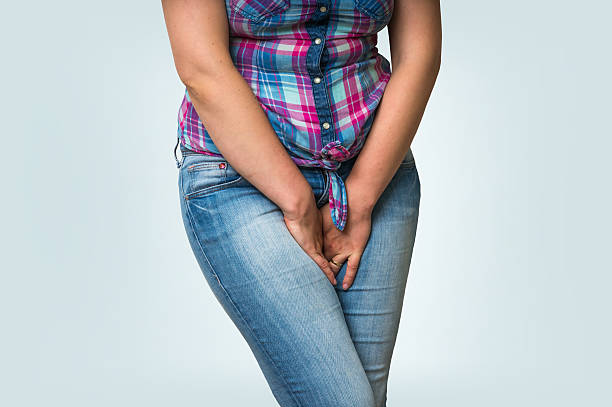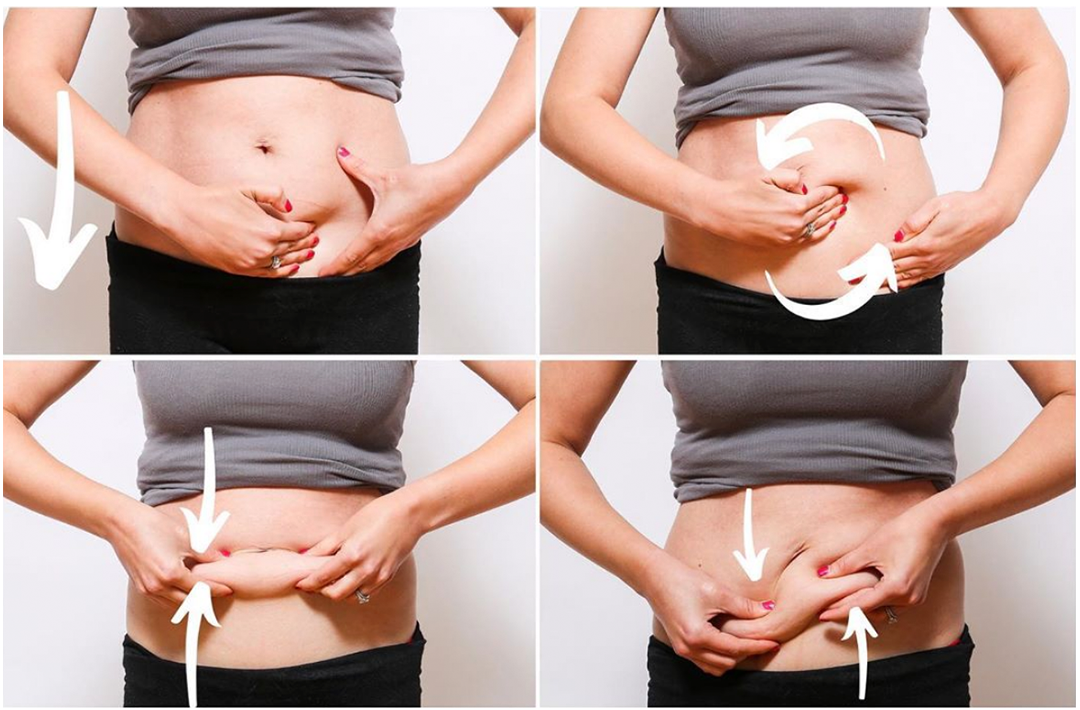Back
Over Active Bladder (OAB) not responding to medication?
By Shannon Strauch, PTA, STMT-1 on 7/19/2024

Urinary urgency frequency? Over active bladder (OAB)? Urinary incontinence with high urge?Pelvic floor therapists will ask you about your past medical history and you may think that your 20 year old hysterectomy or C-section scar may not be important information for us to know, BUT did you know that old abdominal scars can contribute to urinary urgency??

Adhesions and Tissue Restrictions
: Scar tissue can form adhesions that bind abdominal tissues together, restricting the normal movement and function of the bladder and surrounding organs. This restriction can lead to irritation or pressure on the bladder, resulting in a sensation of urgency and increased frequency of urination.Nerve Irritation or Damage
: Abdominal surgeries or injuries that result in scarring can affect the nerves that innervate the bladder and pelvic floor. If these nerves are damaged or irritated by scar tissue, it can lead to dysfunctional bladder signaling, causing symptoms like urgency and frequency.Pelvic Floor Dysfunction
: Scarring in the abdominal area can impact the function of the pelvic floor muscles. If the pelvic floor muscles become tense or weak due to scar tissue, it can affect bladder control and lead to symptoms of urinary urgency and frequency.Changes in Bladder Position
: Adhesions can alter the normal positioning of the bladder within the pelvis. This change in position can create pressure points or affect how the bladder fills and empties, contributing to feelings of urgency and the need to urinate frequently.Inflammation and Irritation
: Scar tissue can cause localized inflammation or irritation in the abdominal and pelvic regions. This inflammation can extend to the bladder or surrounding tissues, leading to symptoms like urgency and frequency.Muscular Imbalances
: Scarring can disrupt the normal balance and function of abdominal and pelvic muscles. Muscle imbalances can put additional strain on the bladder and pelvic floor, affecting bladder control and contributing to urinary urgency and frequency.
Managing Symptoms
Addressing urinary urgency and frequency related to old abdominal scars may involve several approaches:
Physical Therapy
: Specialized physical therapy, including pelvic floor therapy, can help manage adhesions, improve muscle function, and restore normal bladder mechanics.
Scar Tissue Mobilization
: Techniques such as manual therapy, massage, and myofascial release can help reduce adhesions and improve tissue mobility.
Bladder Training
: Behavioral techniques to retrain the bladder and improve control over urgency and frequency.
Medication
: In some cases, medications may be prescribed to help manage symptoms of bladder urgency and frequency.
Lifestyle Modifications
: Changes in diet, fluid intake, and habits that can help reduce bladder irritation and improve urinary symptoms.
What can you do right now? Try touching and moving that old scar of yours! Not sure on how to start? Reach out to us at Pelvic Health Center in Madison, NJ to set up an evaluation and treatment! Feel free to call us at 908-443-9880 or email us at receptionmadison@pelvichealthnj.com.

Read More:
How Chronic Pelvic Congestion in Men Contributes to Prostatitis By Shannon Strauch, PTA, STMT-1 on 12/11/2024 How lymphatic issues can cause symptoms of prostatitis Prostatitis and Tight Pelvic Floor Muscles: A Comprehensive Guide By Shannon Strauch, PTA, STMT-1 on 12/10/2024 How a tight pelvic floor can be the reason for prostatitis symptoms
Are you ready to live pain free?
Request An Appointment